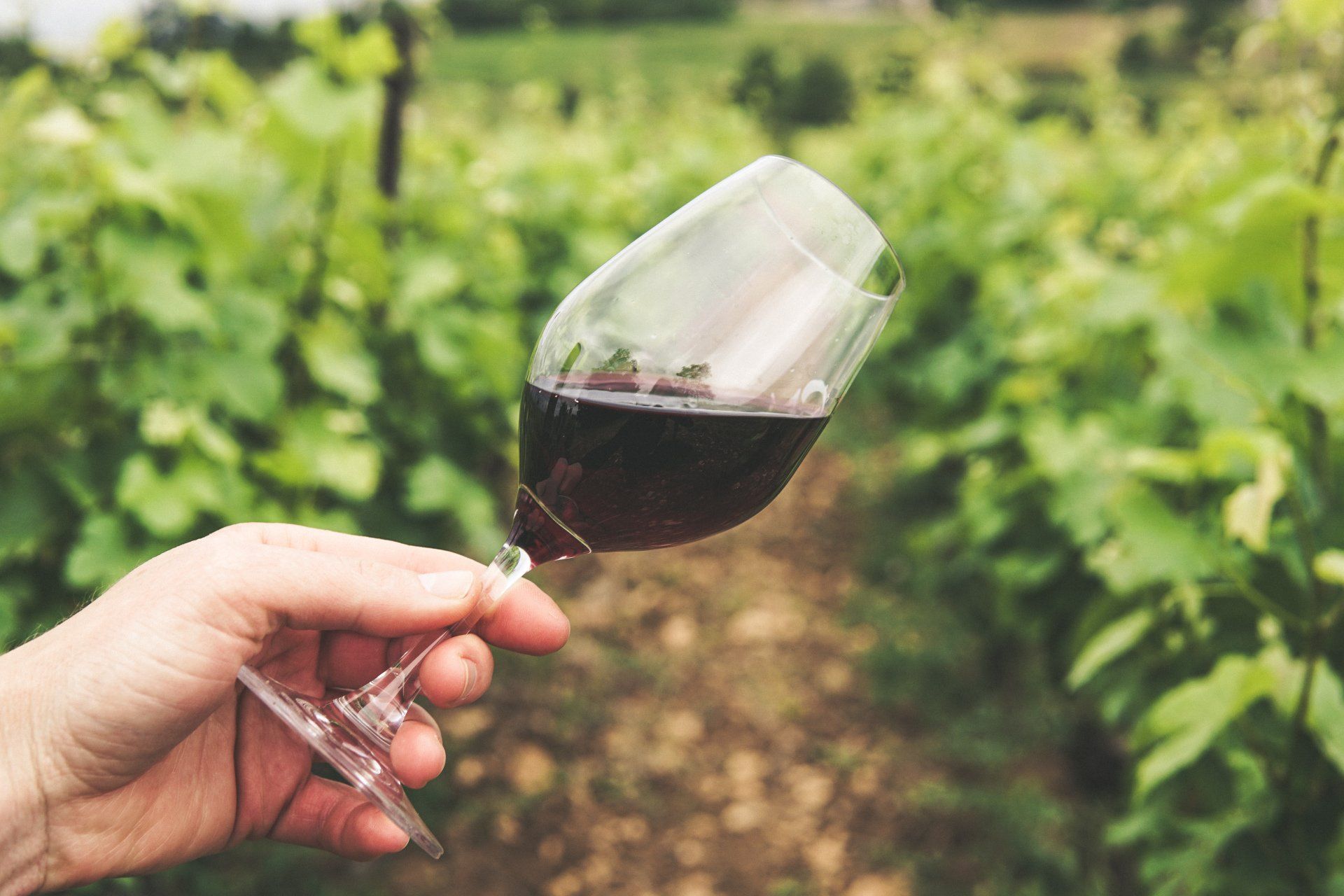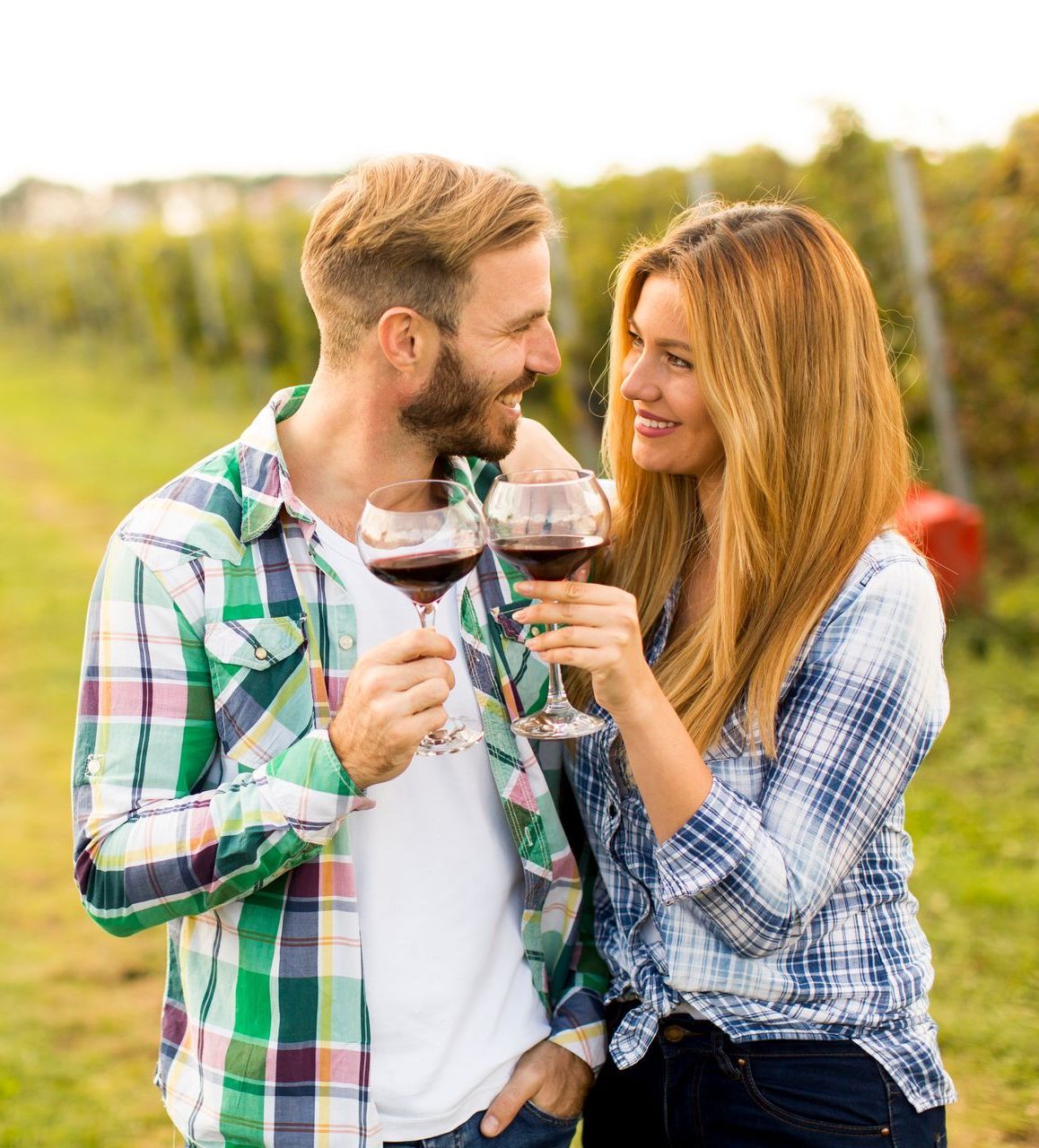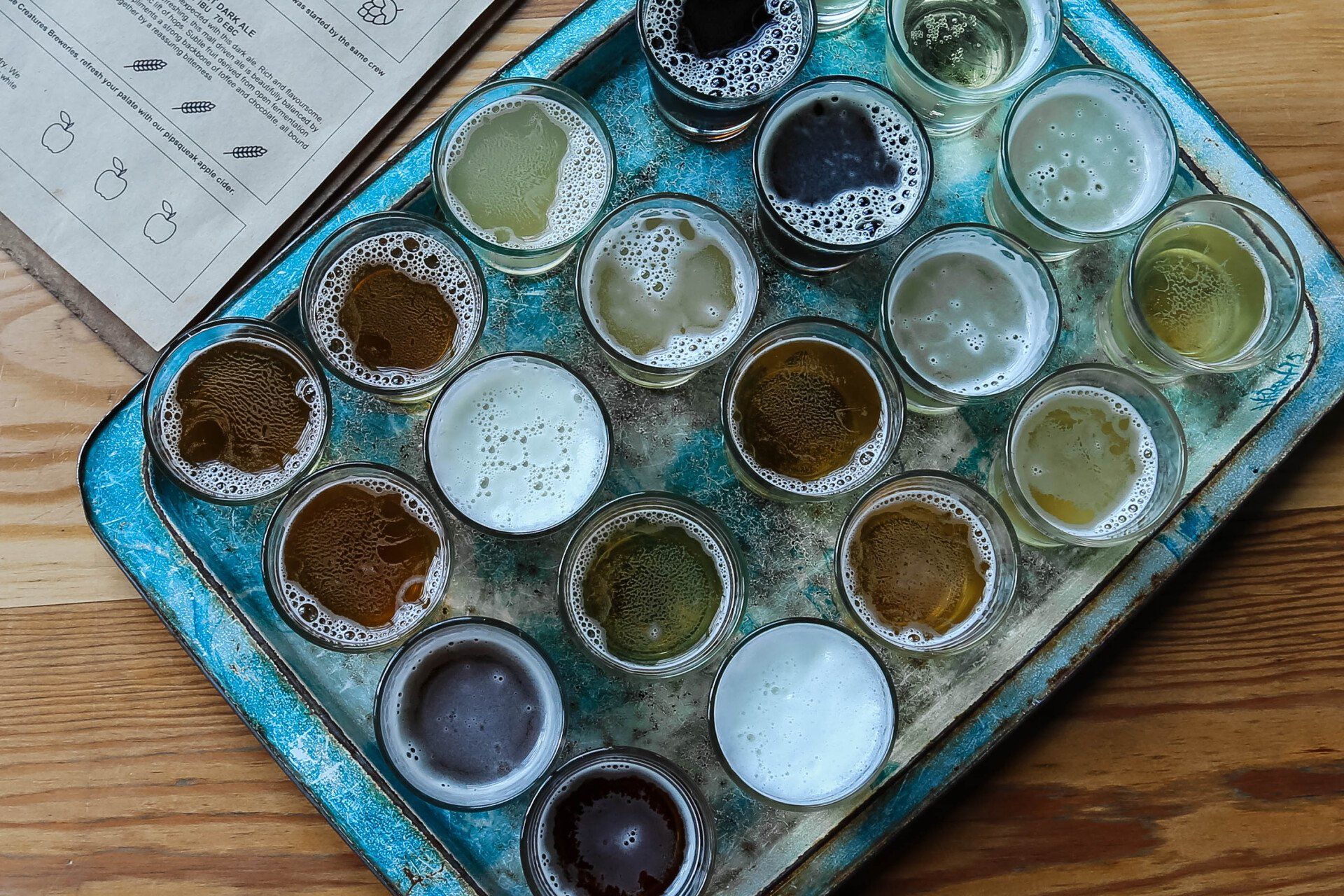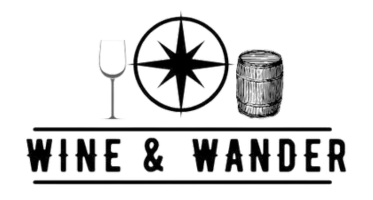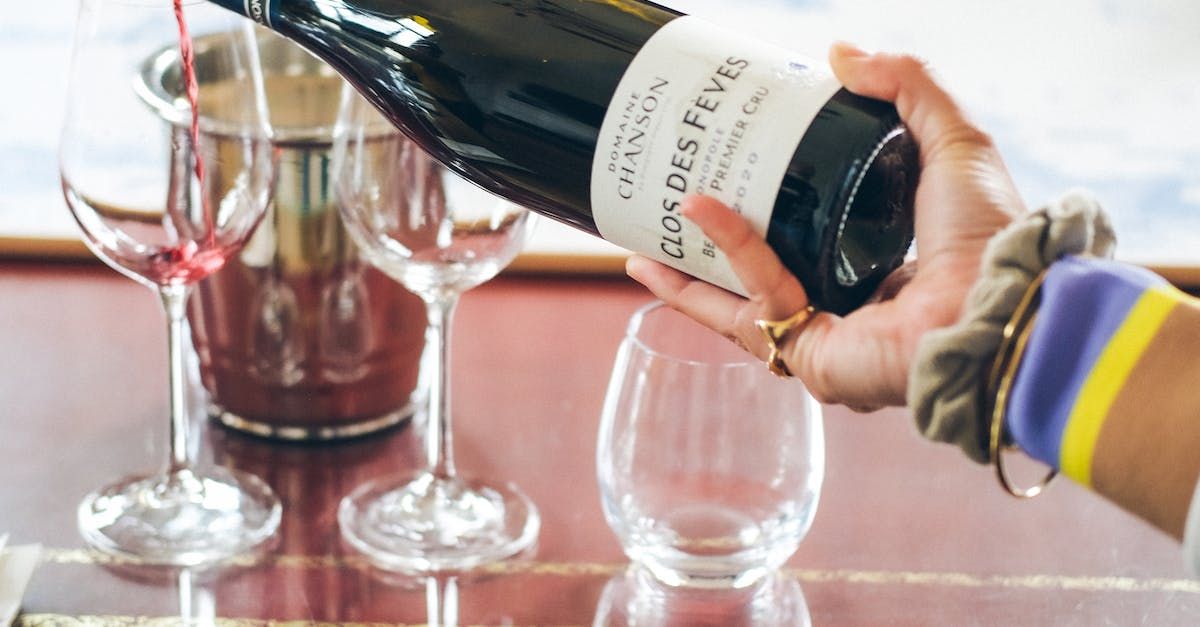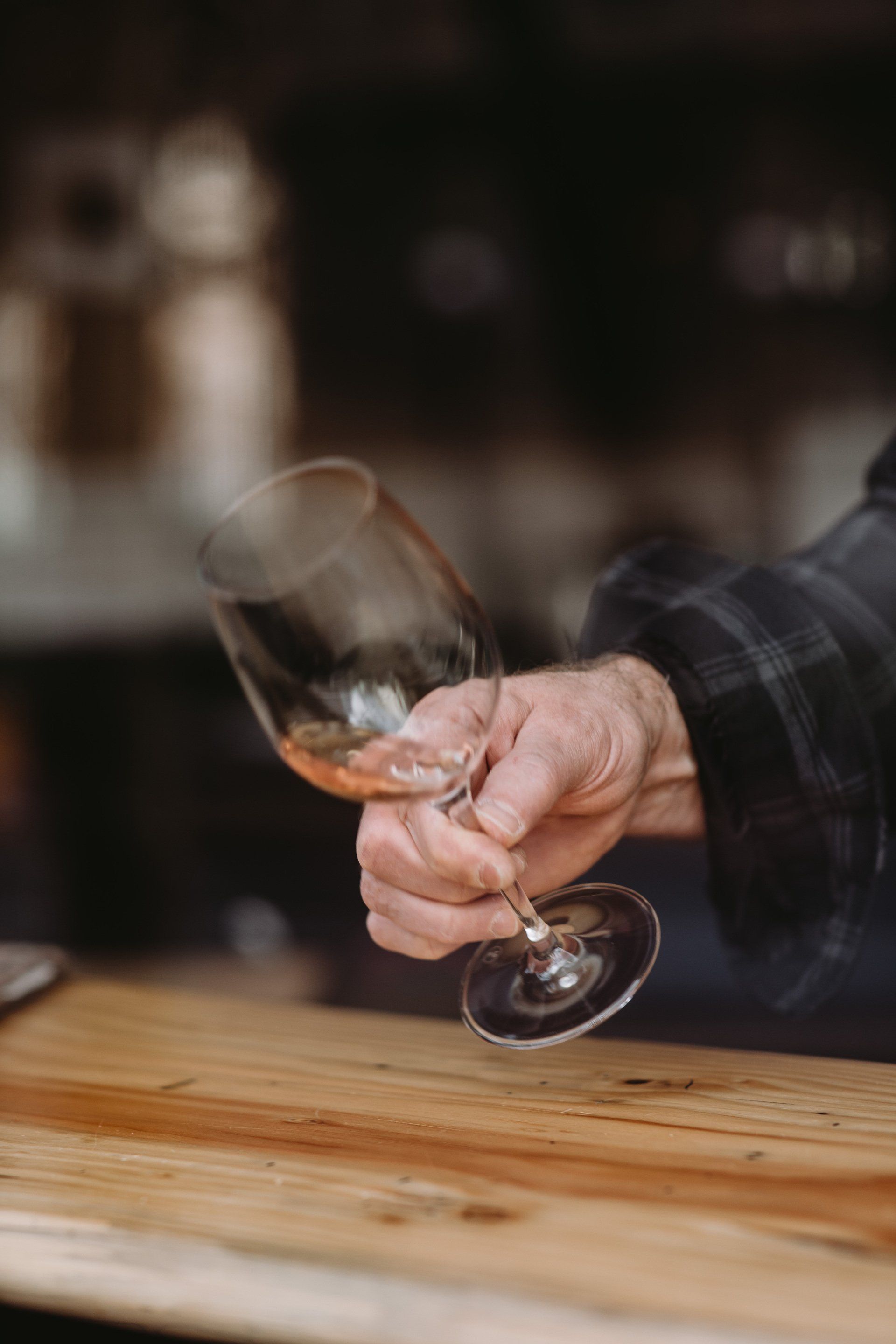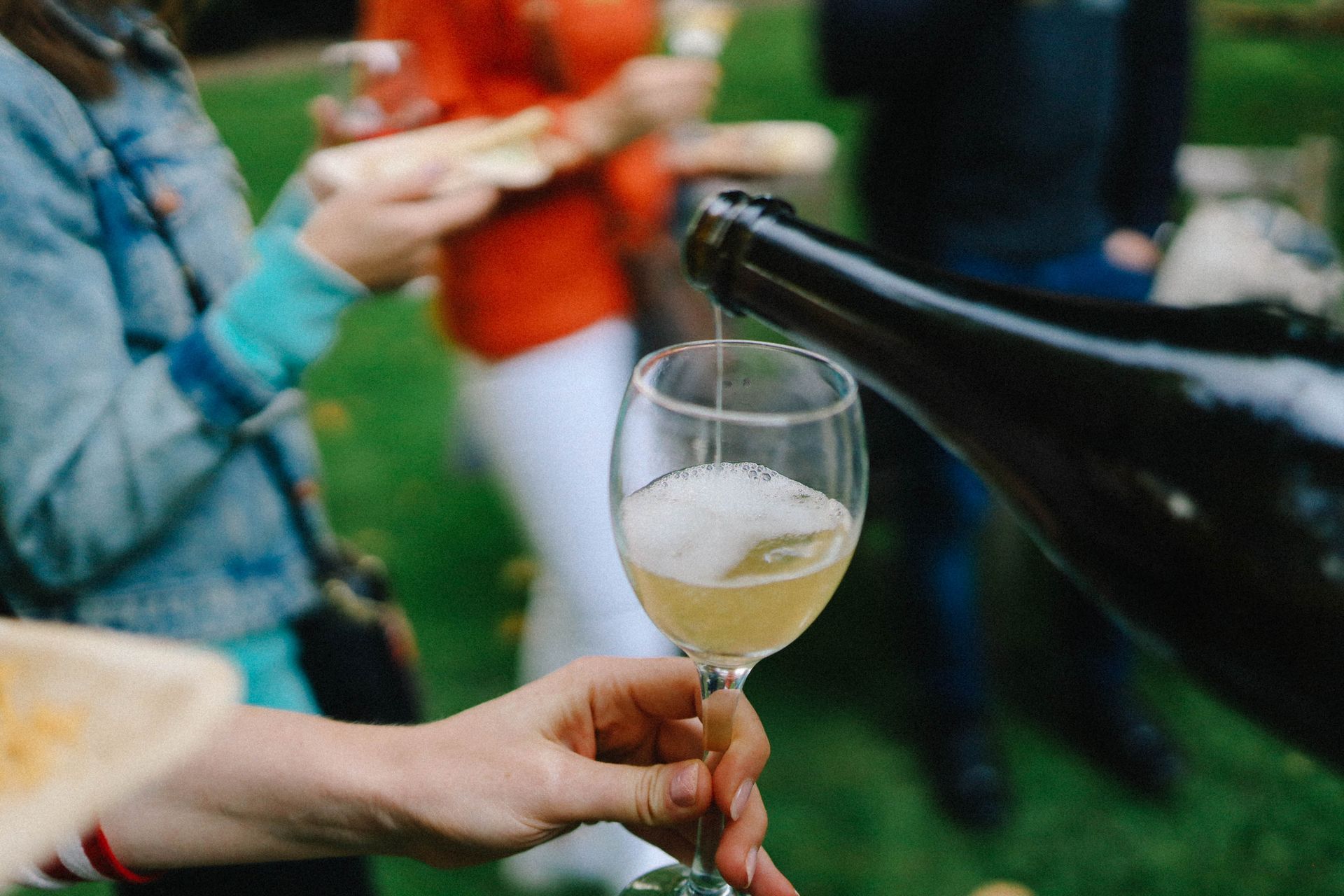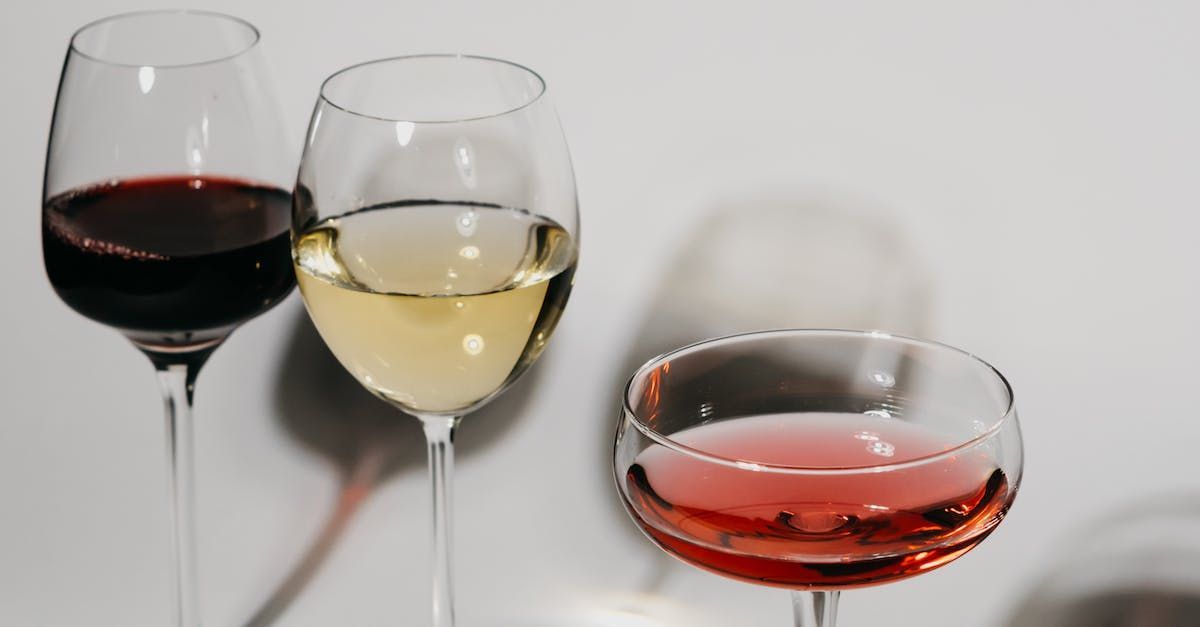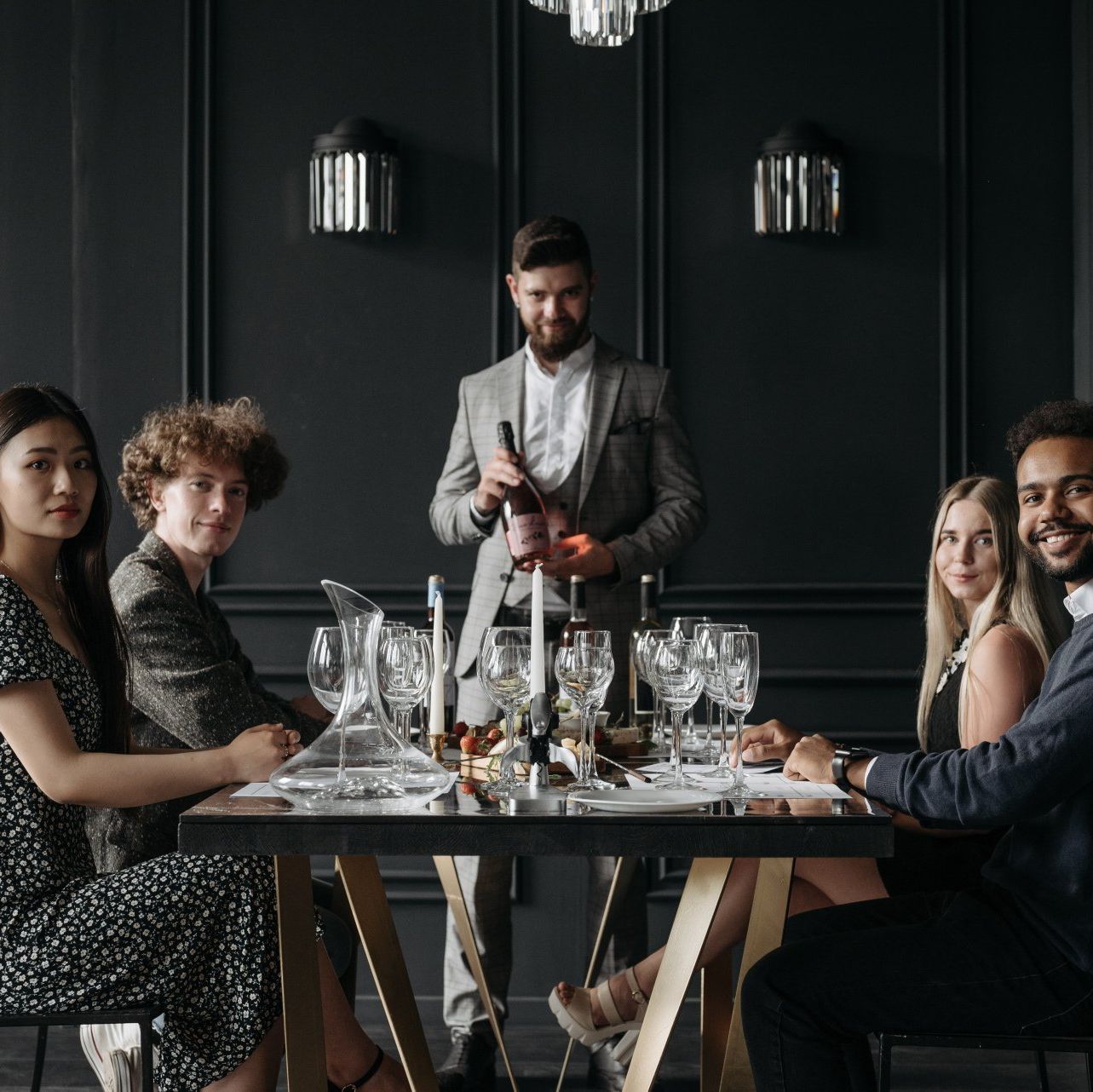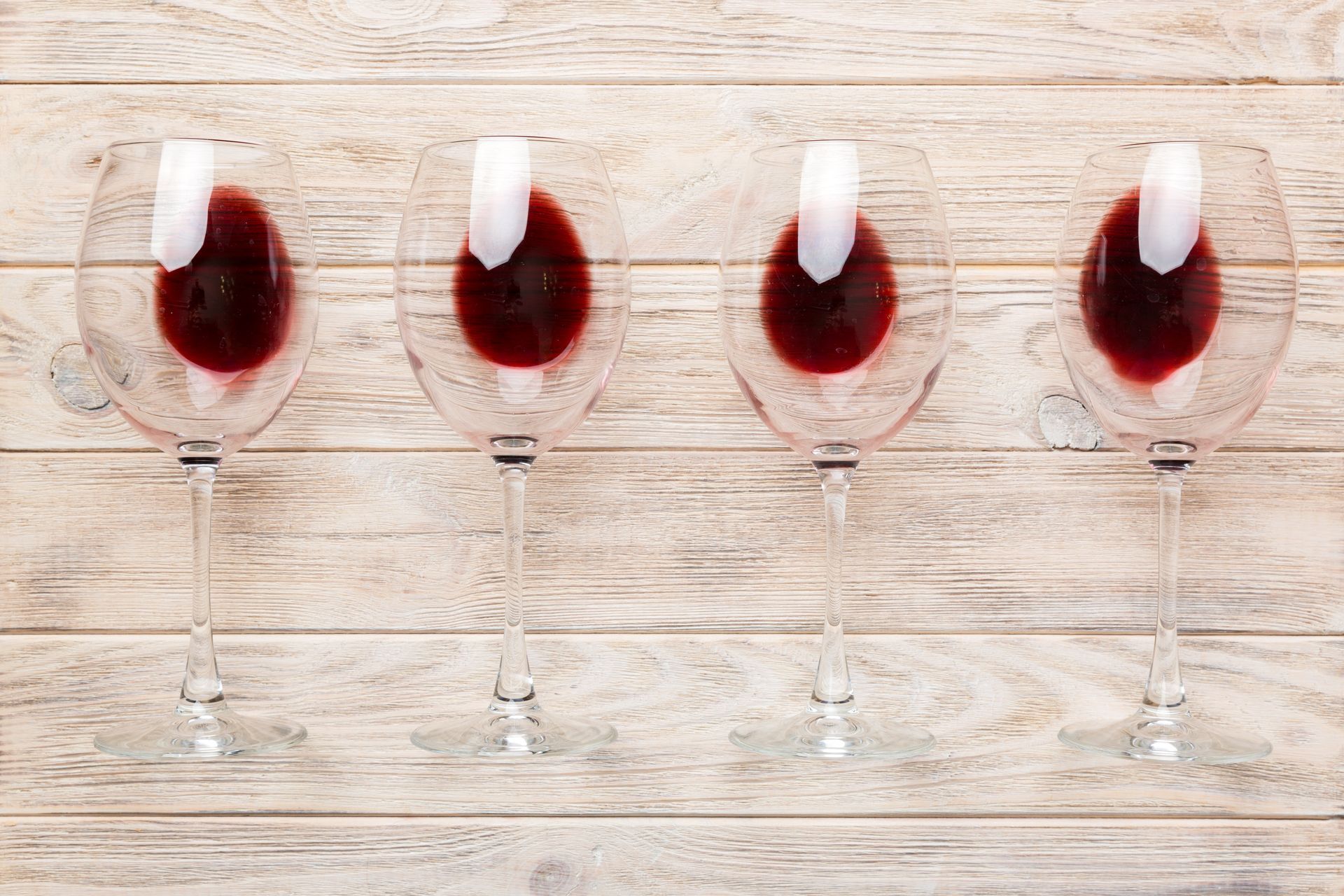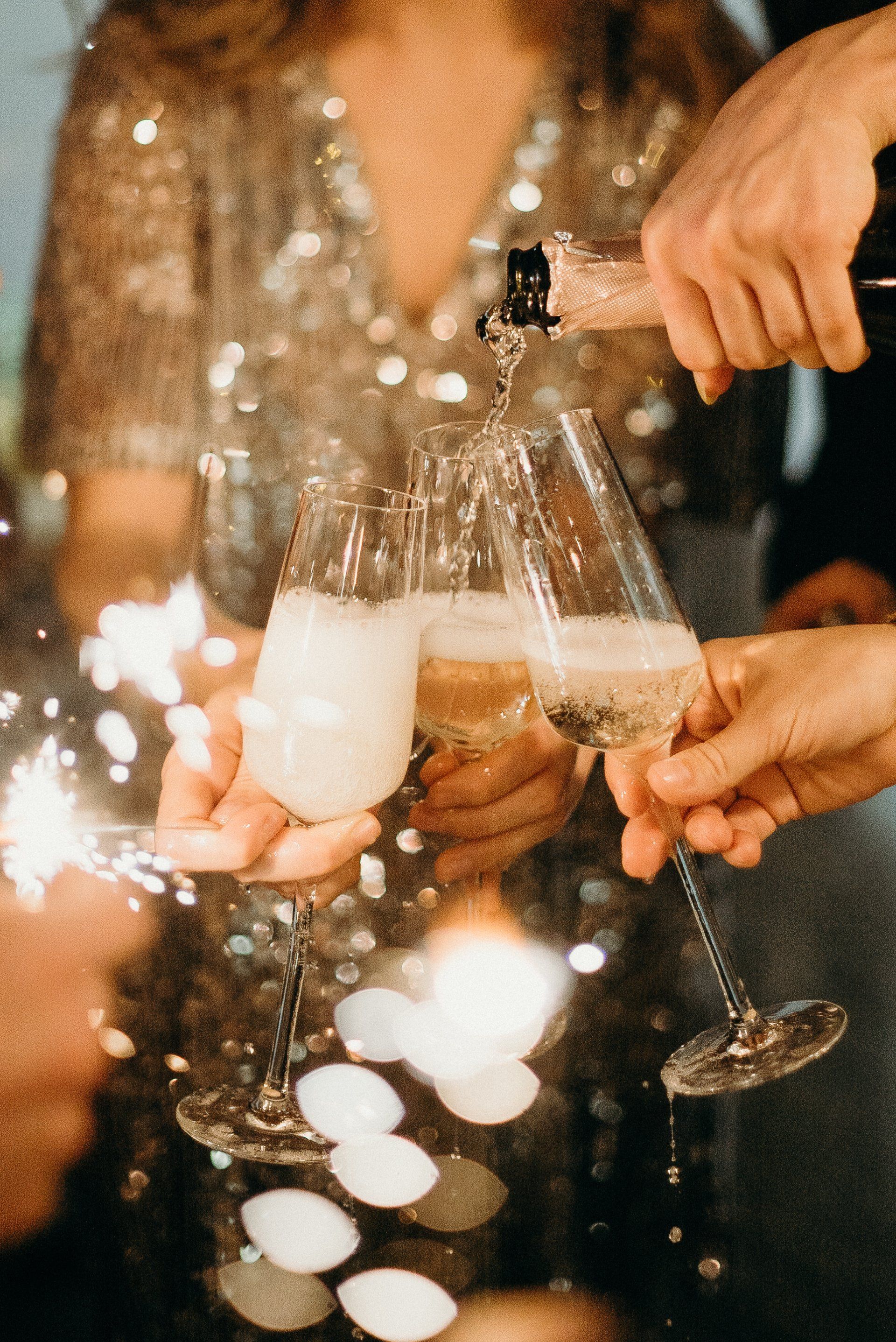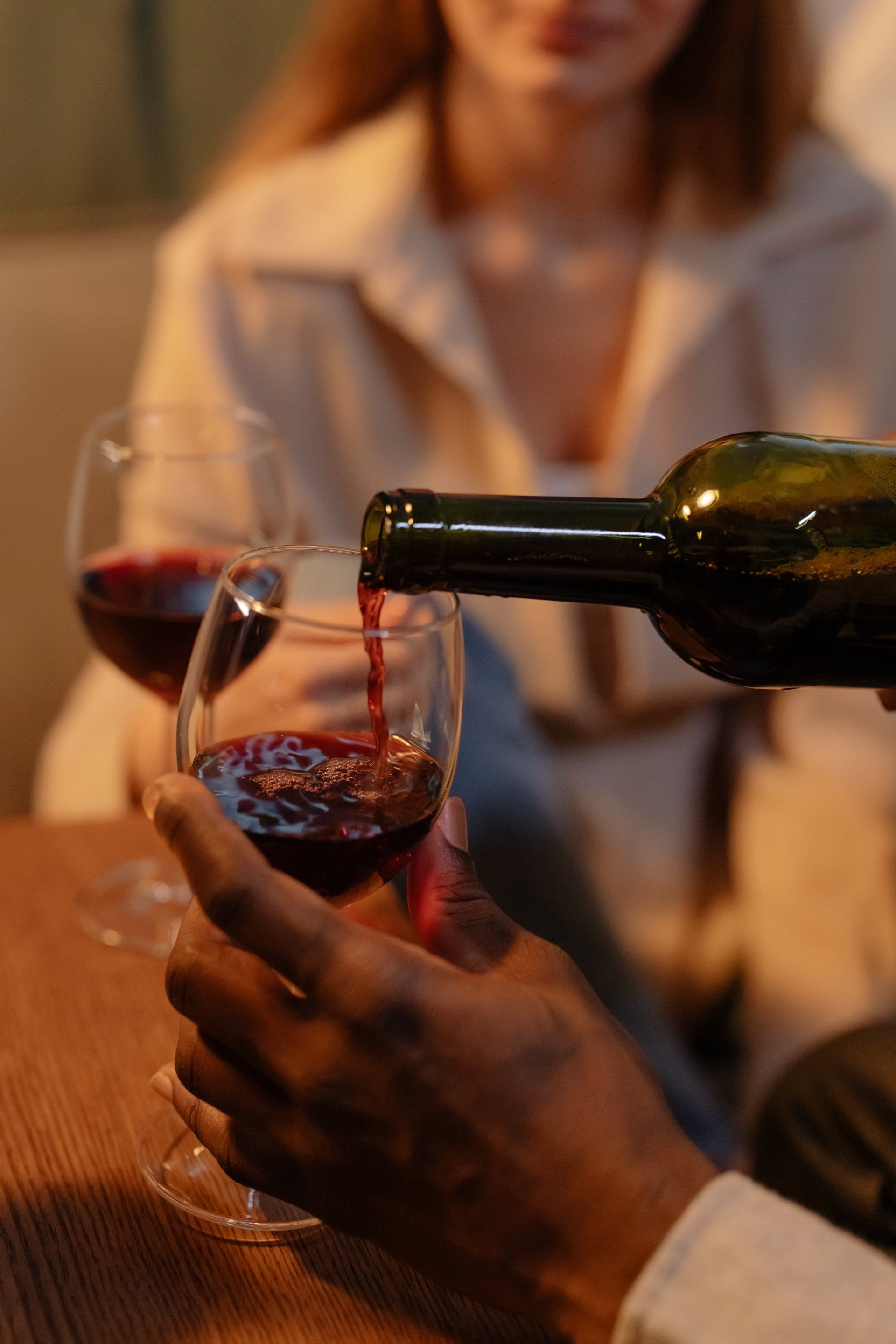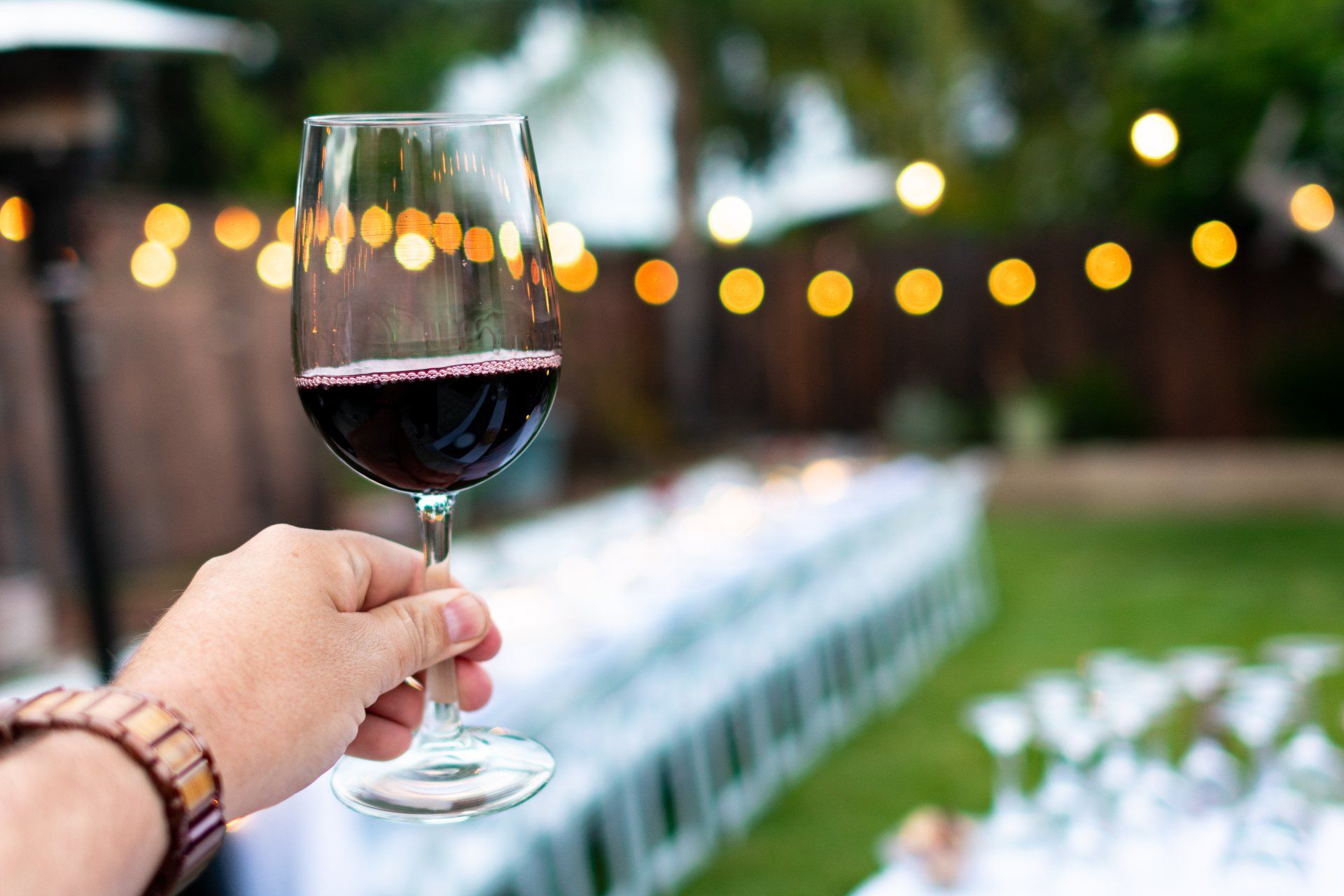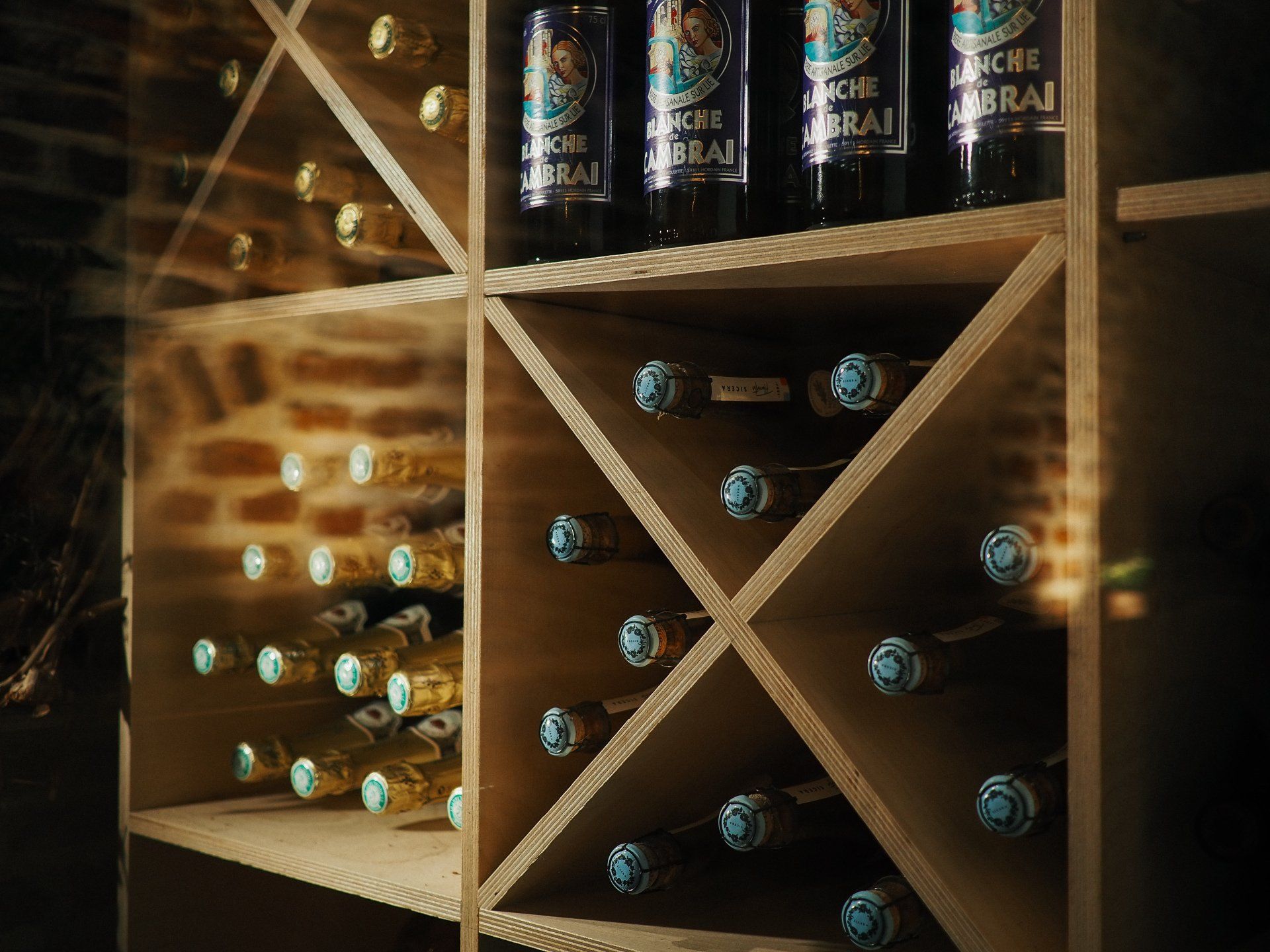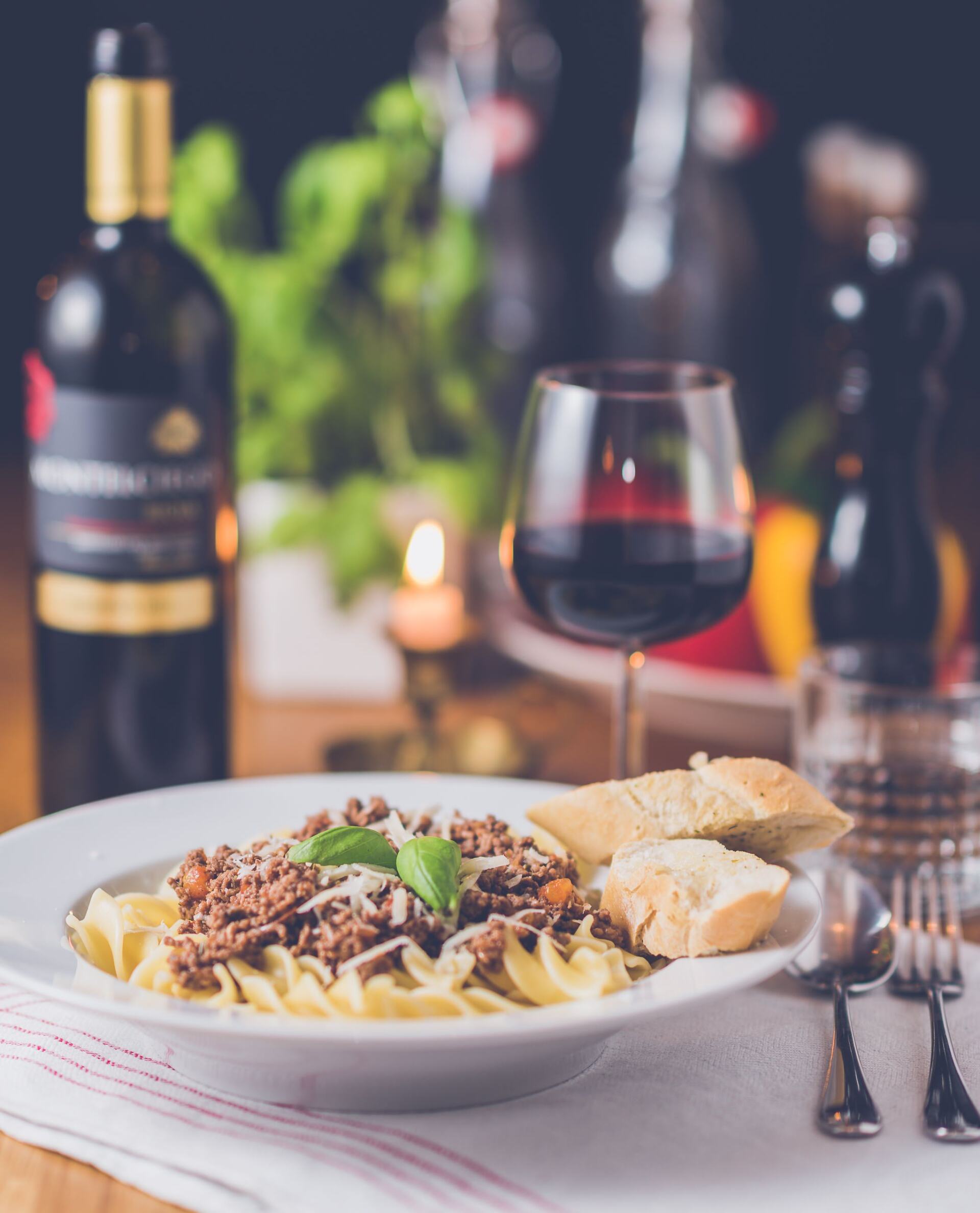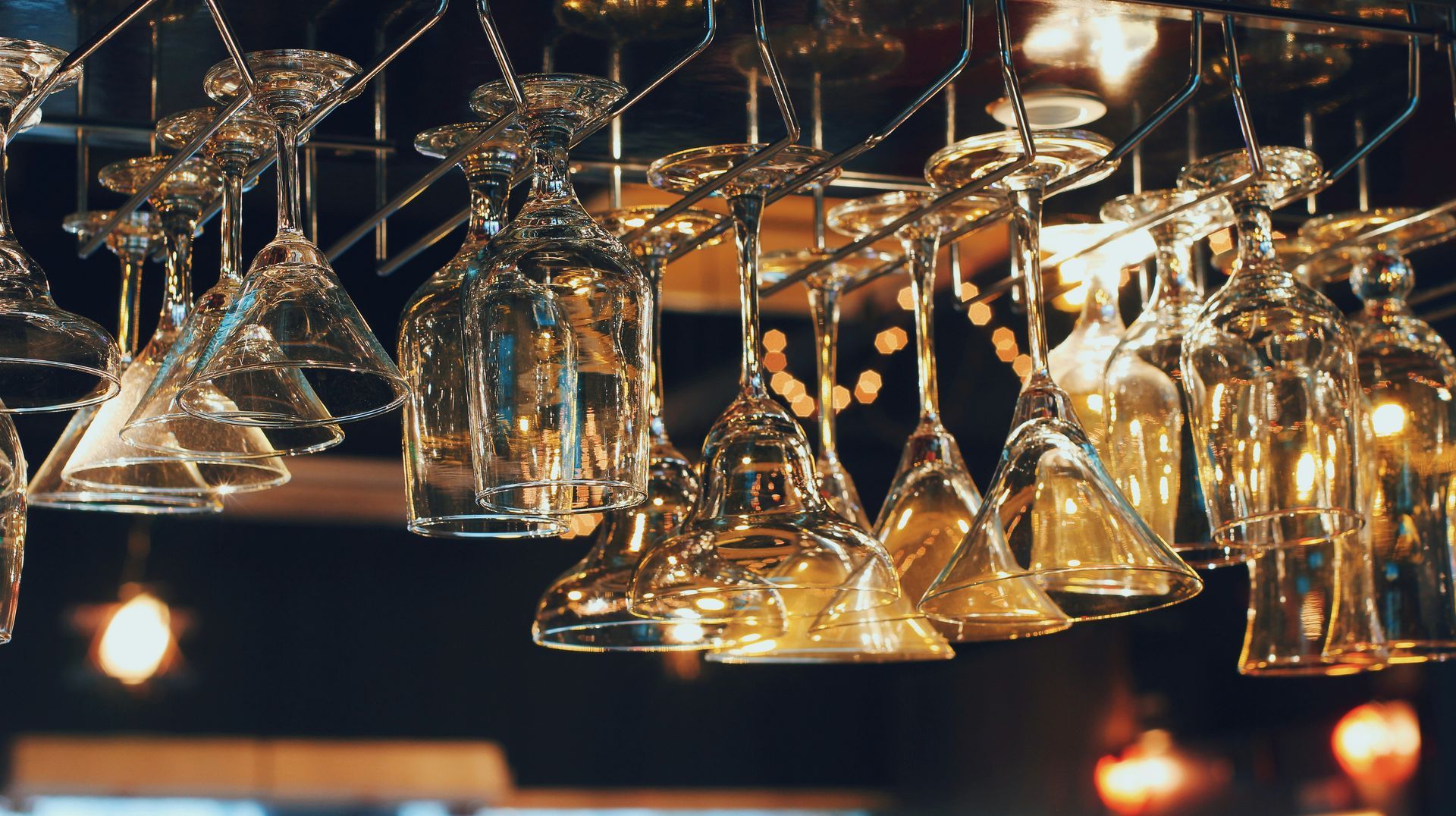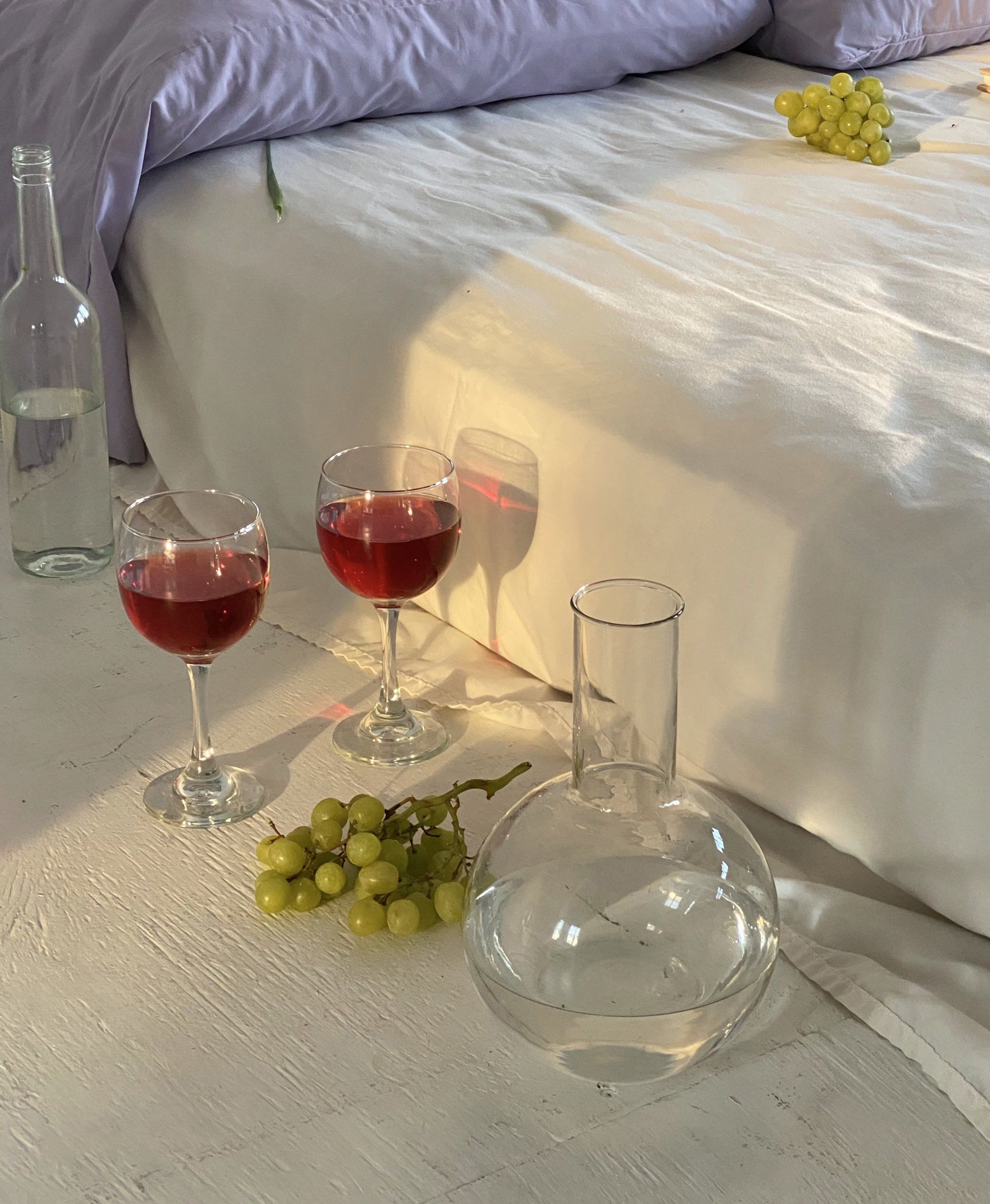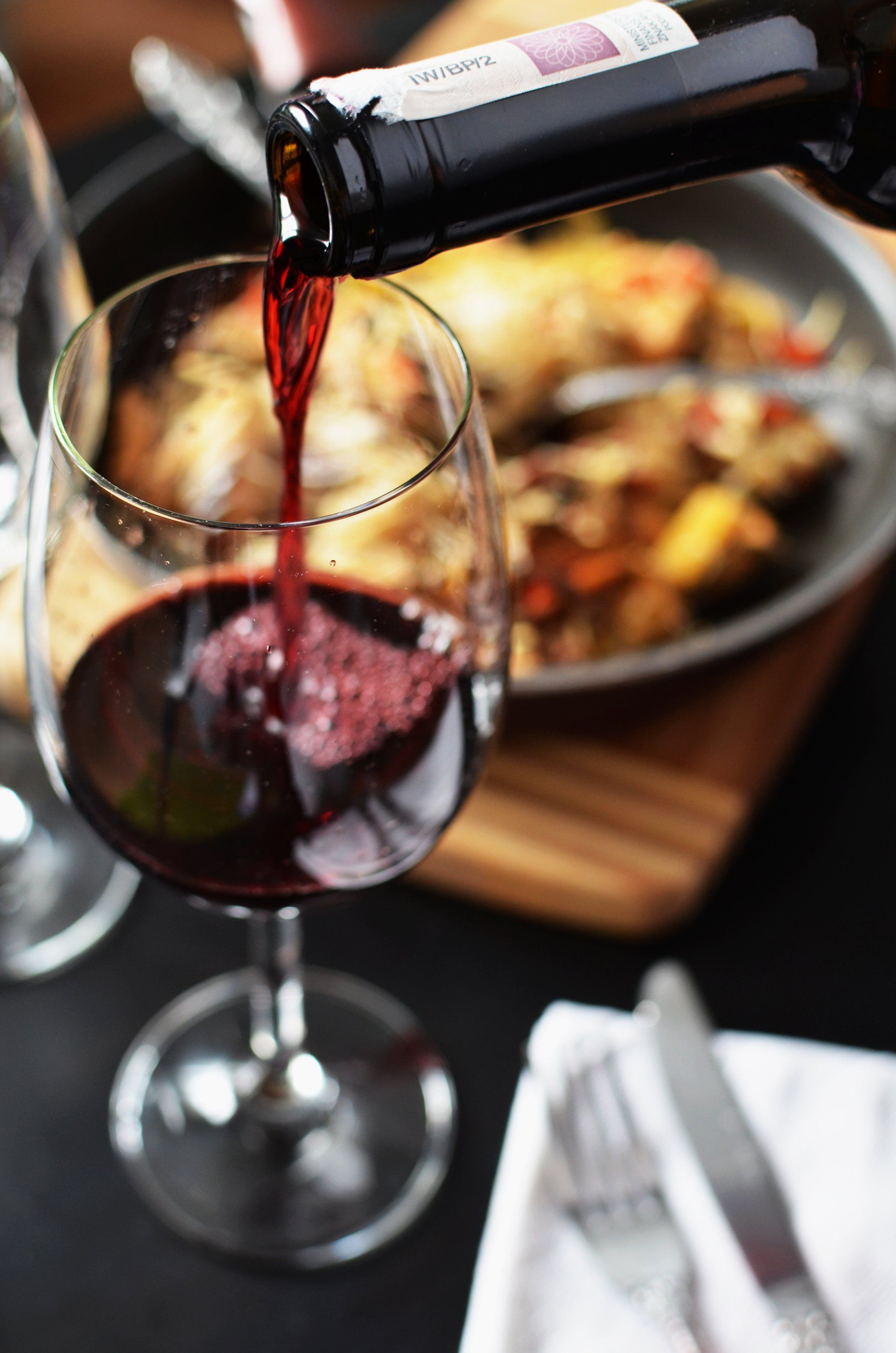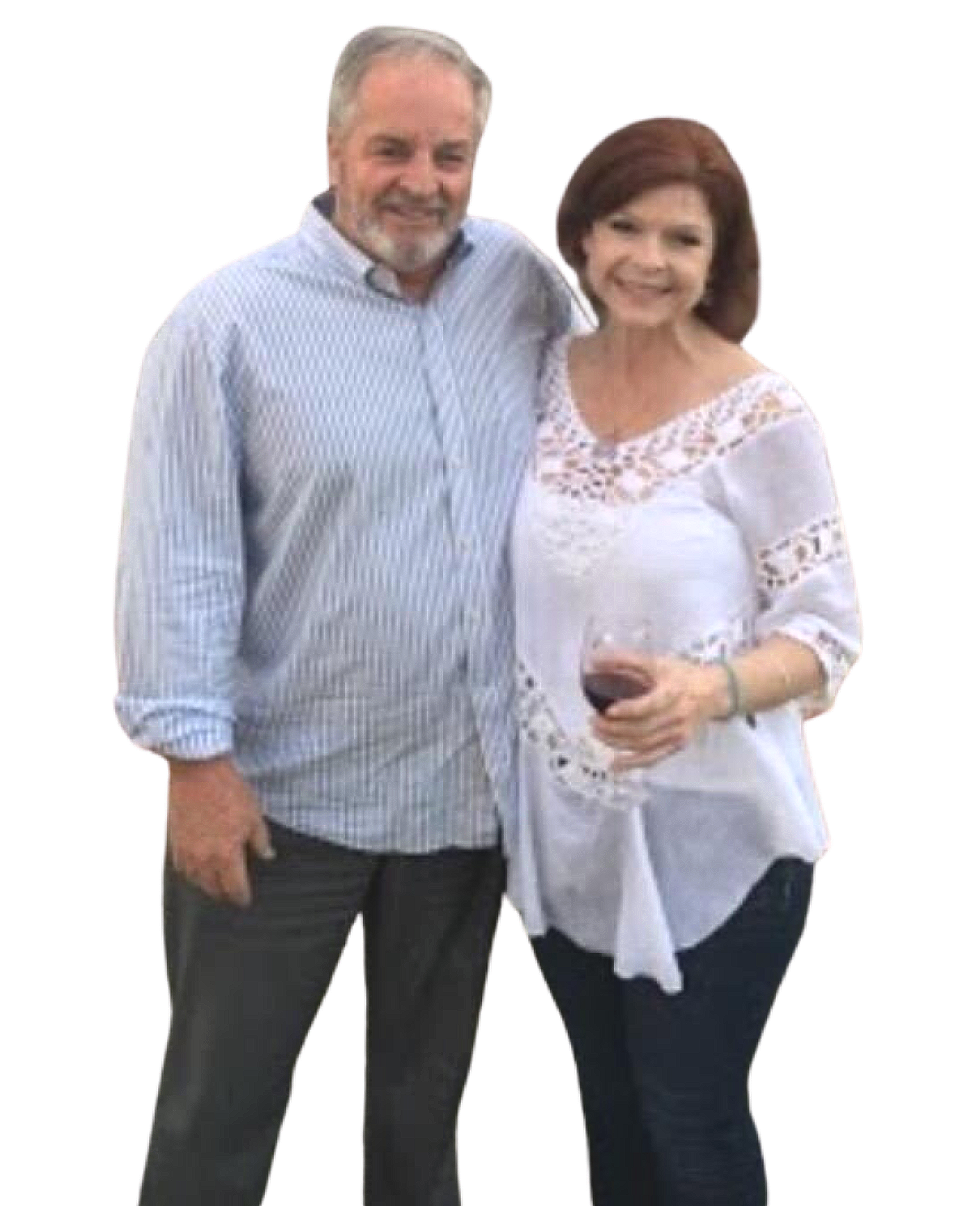Blind ambition beckons you to boldly embark on the journey of mastering the art of blind wine tasting. With a swirl, a sniff, and a sip, you will uncover the hidden depths and nuances of each glass, guided solely by your senses. But why should you embrace this intriguing challenge? The answer lies in the secrets that blind tasting holds, revealing the true essence of a wine and sharpening your palate in ways you never thought possible. So, take a moment, close your eyes, and let the adventure begin.
The Concept of Blind Tasting
Blind tasting, a revered practice in the world of wine, involves sampling wines without any prior knowledge of their identity, allowing for an unbiased evaluation of their characteristics based solely on taste, aroma, and mouthfeel. This concept, rooted in the pursuit of objective judgment, is highly regarded among wine enthusiasts and professionals alike.
By eliminating preconceived notions and brand biases, blind tasting allows one to focus solely on the sensory experience of the wine. This practice encourages a heightened sense of perception, as tasters must rely on their palate and olfactory senses to discern the nuances and complexities of each wine.
Blind tasting not only challenges our ability to accurately identify the varietal, region, and vintage of a wine, but it also reveals the true nature of our preferences. In this realm, personal biases are stripped away, paving the way for a more objective understanding of what truly pleases our palate.
Furthermore, blind tasting serves as a valuable learning tool for those seeking to expand their knowledge of wine. By removing the distractions of labels and reputations, tasters are able to focus on the fundamental elements that make a wine exceptional - its balance, structure, and overall quality.
In the world of wine hospitality, blind tasting offers an opportunity for sommeliers and wine professionals to better serve their guests. Through honing their ability to accurately evaluate and describe wines without the influence of branding or price, they can offer personalized recommendations that truly cater to the preferences of their customers.
Benefits of Blind Wine Tasting
Essential Steps for Conducting a Blind Tasting
To conduct a blind tasting, start by carefully selecting a range of wines to be sampled without revealing their identities. This ensures an unbiased evaluation of each wine, allowing you to focus solely on the characteristics of the wine itself. Here are the essential steps for conducting a blind tasting:
1. Prepare the wines: Remove any labels or markings that could give away the identity of the wines. Use opaque glassware or wine bottle sleeves to further conceal the bottles.
2. Line up the wines: Arrange the wines in a systematic order. You can use a table like the one below to keep track of the wines:
3. Assess the color: Look at the wine's color and note any variations. Is it pale or deep? Does it have any hints of green or gold?
4. Evaluate the aroma: Swirl the wine gently and take a deep sniff. What aromas do you detect? Are they fruity, floral, or earthy?
5. Taste and analyze: Take a small sip and let the wine coat your palate. Pay attention to the flavors, acidity, tannins, and finish. Does it have a long or short finish?
Tips for Mastering Blind Wine Tasting
Now that you have mastered the essential steps for conducting a blind tasting, it is time to enhance your skills with some valuable tips. These tips will help you further refine your ability to accurately identify and appreciate wines without being influenced by labels or preconceived notions.
First and foremost, trust your senses. Blind tasting is all about relying on your taste buds, sense of smell, and visual observations. Train yourself to identify different flavors, aromas, and textures by practicing regularly. This will help you develop a more discerning palate and increase your chances of correctly identifying the wine.
Next, pay attention to the structure of the wine. Assess its acidity, tannins, and body. This will give you clues about the grape variety and region from which the wine originates. Additionally, observe the color and viscosity of the wine, as these characteristics can provide further insights into its age and style.
Another useful tip is to familiarize yourself with different wine regions and their signature styles. Understanding the typical characteristics of wines from specific regions will help you narrow down your options and make more accurate guesses.
Lastly, practice blind tasting with others. Organize tasting sessions with fellow enthusiasts or join a blind tasting club. Sharing your experiences and discussing your findings with others will help broaden your knowledge and sharpen your skills.
Common Mistakes to Avoid in Blind Tasting
Avoid these common mistakes to ensure a successful blind tasting experience. One of the most frequent mistakes people make in blind tasting is rushing through the process. Take your time to fully engage your senses and evaluate the wine properly. Another mistake to avoid is letting your preferences and biases influence your judgment. Remember, blind tasting is about objectively assessing the wine without any preconceived notions.
Furthermore, be cautious of relying too heavily on color as an indicator of the wine's characteristics. While color can provide some clues, it is not definitive evidence of the grape variety or age of the wine. Additionally, avoid overlooking the importance of the wine's structure. Pay attention to the acidity, tannins, and body of the wine, as they can reveal valuable information about its origin and style.
Another common mistake is neglecting to make detailed tasting notes. Jotting down your observations and impressions will not only help you remember the wines you've tasted but also allow you to compare and contrast them more effectively. Lastly, don't forget to trust your instincts. Blind tasting requires confidence in your own abilities, so trust your palate and have faith in your sensory evaluations. By avoiding these common mistakes, you can enhance your blind tasting skills and achieve a more rewarding experience.
Frequently Asked Questions
